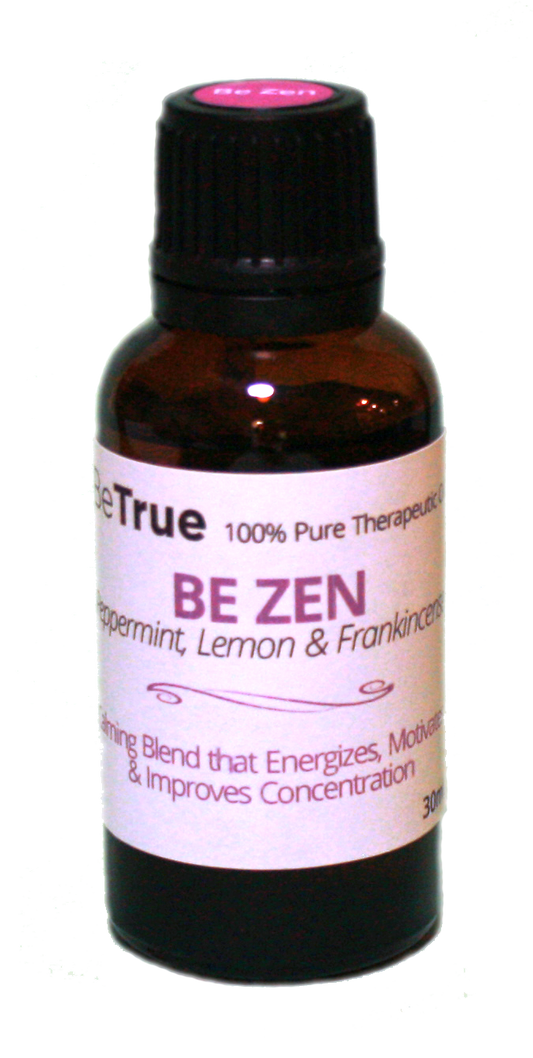Collection: Essential Oil Blends
Essential oils are concentrated aromatic compounds extracted from plants, capturing their fragrances, flavors, and beneficial properties. These oils are typically derived from various parts of plants, including flowers, leaves, stems, bark, and roots, through processes like steam distillation, cold pressing, or solvent extraction.
They are revered for their potent therapeutic properties and have been used for centuries in aromatherapy, traditional medicine, beauty, and wellness practices. Each essential oil boasts a unique chemical composition that contributes to its specific aroma and potential health benefits.
Essential oils are versatile and can be inhaled, applied topically (often diluted with a carrier oil), or sometimes ingested (though caution is advised and ingestion should only occur under the guidance of a qualified professional). They are known for their diverse range of uses, such as promoting relaxation, aiding in stress relief, supporting skincare, alleviating headaches, boosting mood, and even helping with minor ailments like colds or muscle aches.
There are several reasons why individuals choose to use essential oil blends instead of single essential oils. Here are some common reasons:
Synergistic Effects: Blending essential oils allows for the creation of synergistic effects, where the combined properties of different oils work together to enhance therapeutic benefits. For example, a blend of lavender and chamomile may have a more pronounced calming effect than either oil alone.
Customization: Essential oil blends offer the flexibility to tailor the aroma and therapeutic properties to individual preferences and specific needs. Users can experiment with different combinations to create personalized blends for relaxation, focus, energy, or other desired effects.
Addressing Multiple Concerns: Blends can target a range of concerns simultaneously. By combining oils with complementary properties, users can address physical, emotional, and mental well-being in a holistic way.
Balanced Aroma: Blended essential oils can provide a more balanced and appealing aroma. This is particularly advantageous in aromatherapy, where a harmonious scent can contribute to a positive and pleasant environment.
Cost-Effectiveness: Creating blends can be a cost-effective way to enjoy the benefits of multiple essential oils. Instead of purchasing several individual oils, users can create blends that address specific needs without breaking the bank.
Versatility: Blended oils can be versatile and used in various applications such as diffusers, massage oils, bath products, or homemade skincare formulations. This versatility allows users to incorporate the benefits of the oils into different aspects of their wellness routine.
Reduced Sensitivity: Some individuals may experience sensitivities or skin reactions to certain essential oils. Blending oils with milder ones can help reduce the risk of adverse reactions while still providing the desired benefits.
Extended Shelf Life: Blending oils with varying shelf lives may help extend the overall stability of the blend. Some essential oils have natural preservative properties that can contribute to the longevity of the blend.
Aromatherapy for Mood Enhancement: Blended essential oils can be specifically crafted to influence mood and emotions. A carefully curated blend can create a desired atmosphere, promoting relaxation, focus, or an uplifted mood.
-

 Sale
SaleMigraine Relief
Regular price From $8.50Regular priceUnit price / per$11.50Sale price From $8.50Sale -
Sinus & Allergy Relief
Regular price From $7.50Regular priceUnit price / per$10.00Sale price From $7.50Sale -

 Sale
SaleBe Immune Boosted
Regular price From $8.50Regular priceUnit price / per$11.50Sale price From $8.50Sale -

 Sale
SaleBe Sleeping
Regular price From $9.00Regular priceUnit price / per$12.00Sale price From $9.00Sale -

 Sale
SaleBe Focused
Regular price From $10.00Regular priceUnit price / per$13.50Sale price From $10.00Sale -

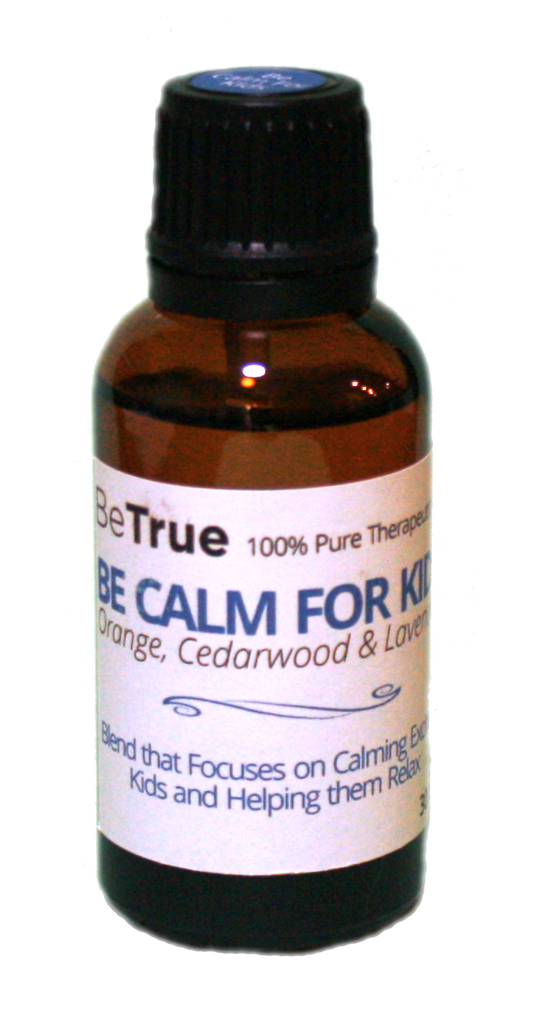 Sale
SaleBe Calm for Kids
Regular price From $8.50Regular priceUnit price / per$11.50Sale price From $8.50Sale -

 Sale
SaleBe Bug Free
Regular price From $8.00Regular priceUnit price / per$11.00Sale price From $8.00Sale -

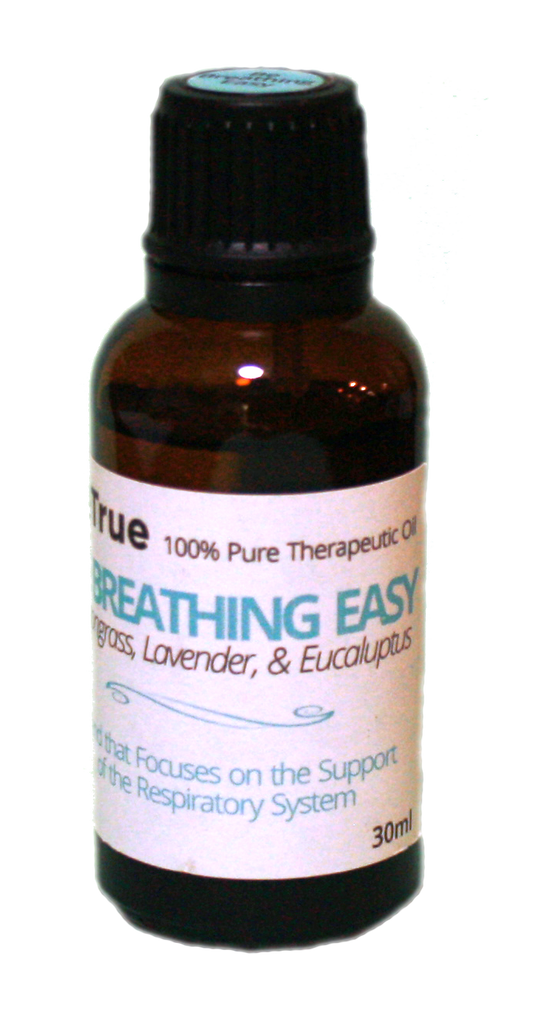 Sale
SaleBe Breathing Easy
Regular price From $8.50Regular priceUnit price / per$11.50Sale price From $8.50Sale -

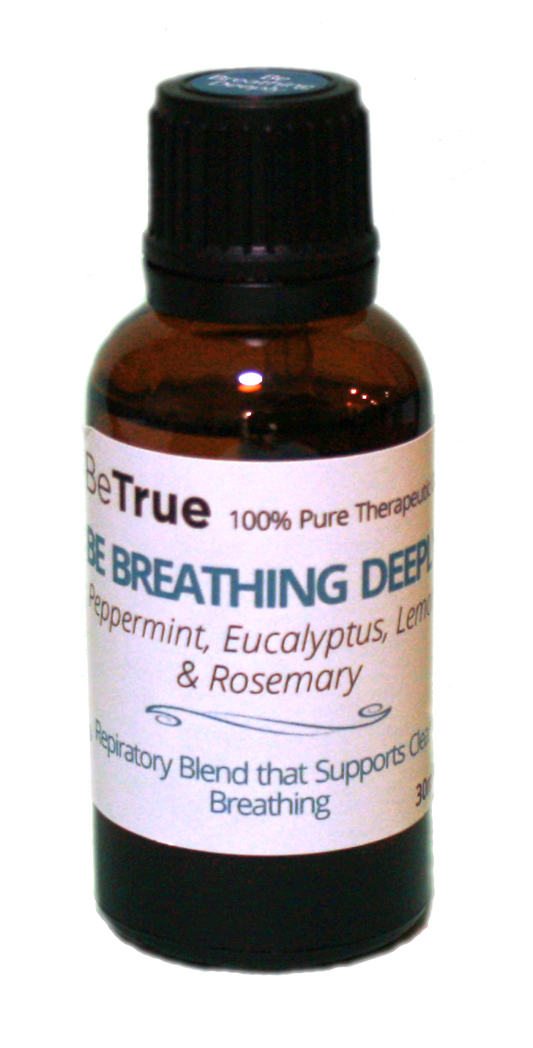 Sale
SaleBe Breathing Deeply
Regular price From $8.50Regular priceUnit price / per$11.50Sale price From $8.50Sale -

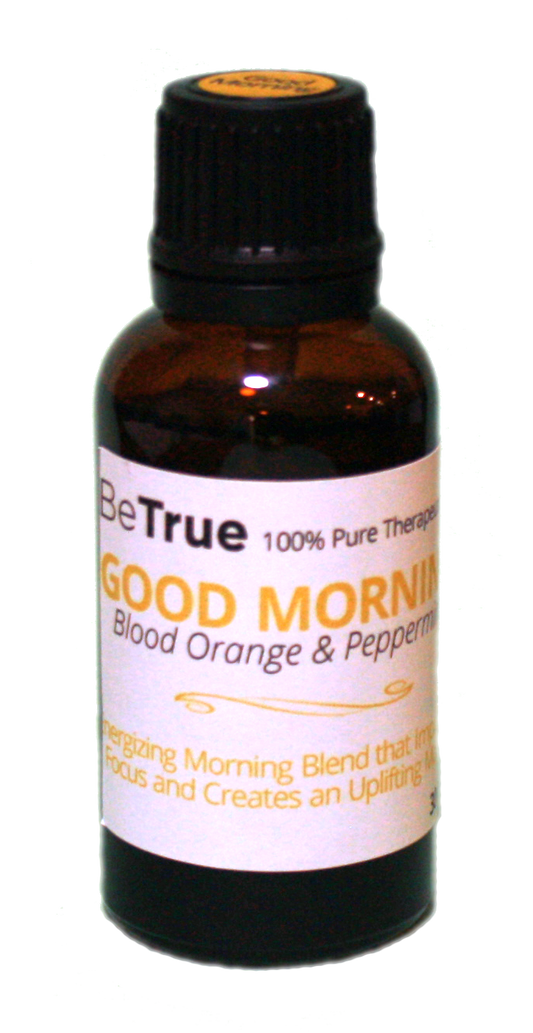 Sale
SaleGood Morning
Regular price From $8.00Regular priceUnit price / per$11.00Sale price From $8.00Sale






